Gold-rich banded iron formations

2019.03.01
Three and a half billion years ago, the earth’s atmosphere had no oxygen, preventing life forms from developing on land or at sea.
If it wasn’t for the “Great Oxygenation Event”, the planet would have remained lifeless, uninhabited by micro-organisms, plants, animals and humans. That all changed with the emergence of the first life form, a blue-green algae called cyanobacteria.
Cyanobacteria grew prolifically in shallow waters, building structures called stromatolites – analogous to coral reefs. Through photosynthesis, stromatolites produced oxygen that bubbled through the oceans. The oxygen bonded with iron ions (free iron) that had dissolved from iron-bearing rocks, forming iron oxide.
Stomatolites can still be found in the Pilbara of Western Australia, which is the world’s largest deposit of banded iron formations (BIFs).
The iron oxide precipitated to the ocean floor and accumulated. As the dissolved iron was depleted, silica became the dominant mineral, which also fell to the seabed. Over a billion years, a lighter silicate known as chert and the iron oxide formed alternating layers, which became known as superior banded iron formations.
Once the iron and silica was locked up in these rocks, excess oxygen in the oceans escaped into the atmosphere, leading to the evolution of more complex life forms.
There is another type of banded iron formation that emerged even before photosynthesis. Algoma-type banded iron formations were created through the de-gassing of underwater volcanoes. These volcanoes released gases through small vents, among them oxygen. The oxygen reacted with the free iron to form iron oxide, which precipitated to the sea floor to form iron-rich layers. As in superior banded iron formations, chert became part of the alternating layers, or bands, that over millions or billions of years, became the banded iron formations we see today.
Snowball Earth
In 1992 a new theory was proposed on the origin of banded iron formations. In the Snowball Earth hypothesis, a severe ice age from 750 million to 580 million years ago totally or nearly depleted the oxygen in the atmosphere. Dissolved iron then accumulated in the oxygen-starved oceans, possibly from undersea hydrothermal vents. When the glaciers receded and the earth warmed, the seas oxygenated again, causing the iron ions to mix with the oxygen as iron oxide, and fall to the seabed.
Over million of years, the composition of some banded iron formations changed. As the earth’s tectonic plates shifted, groundwater chemical reactions combined with weathering and erosion. The BIFs that originated on the seabed became enriched with even greater concentrations of iron oxides such as hematite.
Today geologists know banded iron formations to be the largest and most concentrated accumulation of all the metalliferous elements in the earth’s crust.
Characteristics & prevalence
The narrow layers (from a few mm to a few cm) of iron oxide and chert (fine-grained quartz) in a banded iron formation is sedimentary rock; common minerals include hematite, magnetite, siderite, chlorite, grunerite and stilpronmelane. Their alternating reddish and greyish bands make BIFs striking to look at.
Banded iron formations account for around 60% of global iron reserves, and can be found in Australia, Brazil, Canada, the United States India, Russia, Ukraine and South Africa.
The four most prevalent BIFs are: Hamersley Province in the Pilbara of Western Australia; the Carajas Banded Iron Formation in Brazil; the Mesabi Iron Range in Minnesota; and the North China Banded Iron Formations.
Gold-bearing BIFs
While most banded iron formations are composed of at least 15% iron (Fe), some BIFs are associated with non-Fe resources, including gold deposits in greenstone terranes – fragments of crust broken off from tectonic plates.
Research suggests that black shales found in banded iron formations played a role in the creation of gold deposits. However it’s still a matter of debate as to whether the gold was part of the original BIF, or if it came from an external source. Black shales are associated with two BIF-hosted gold districts, Randalls in Australia and Homestake in the US state of South Dakota.
Canadian mines include Detour Lake, Madsen-Red Lake, Pickle Crow, Musselwhite and Dona Lake in Ontario.
The gold in banded iron is associated with greenstone belts believed to be ancient volcanic arcs, or in adjacent underwater troughs. Greenstone belts often contain gold, silver, copper, zinc and lead ores.
The gold is usually found in cross-cutting quartz veins/ veinlets, or as fine disseminations associated with pyrite, pyrrhotite and arsenopyrite. The host strata has generally been folded and deformed. In terms of mineralogy, gold-bearing BIFs may include native gold, pyrite, arsenopyrite, magnetite, pyrrhotite, chalcopyrite, sphalerite, galena, stibnite, and rarely, gold tellurides.
Gold in banded iron formations make excellent exploration targets because of their scalability. Like VMS deposits, they are often found in clusters, something that is attractive to major gold companies looking for new deposits that can be developed into mines with longevity.
Homestake Mine
Perhaps the best example of a gold-bearing banded iron deposit is the shuttered Homestake Mine in South Dakota. The +40-million ounce deposit was the largest and deepest gold mine in North America before it closed in 2002.
The gold ore was contained almost exclusively within the Homestake Formation, a 20 to 30-meter layer of iron carbonate and iron silicate that had been deformed, resulting in upper greenschist facies of siderite-phyllite, and lower amphibolite facies of grunerite schists.
The Homestake Formation is within the Black Hills dome of western South Dakota, believed by geologists to have been created when two plates subducted under North America, forming the Rocky Mountains.
Conclusion
Banded iron formations are special for a few reasons. First, because of the part they play in the story of evolution. If it wasn’t for the “Great Oxygenation Event”, banded iron formations, and the incredibly rich deposits of iron ore that they left, which allowed for the Iron Age and the modern steel age (iron ore being an essential component of steel), would not exist. Neither, of course, would life on earth. That’s pretty fascinating to think about.
Second, BIFs are not only monstrous iron depositories, they also contain gold. It’s still a mystery how the gold got there, but the fact is, it’s there. Find a banded iron formation and you’re likely to find gold explorers.
And third, BIFs often host a lot of gold. The Homestake Mine produced 43 million ounces in 124 years of production, worth over a billion dollars. The Detour Lake mine in northern Ontario, operated by Placer Dome between 1983 and 1999, was re-started by Detour Gold in 2013. It produces, on average, 659,000 ounces a year and is expected to run until 2036. Goldcorp’s Musselwhite mine, also in Ontario, is one of the largest gold mines in Canada with 1.85 million ounces in reserves. Goldcorp mines about 265,000 ounces a year from the banded iron formation that hosts the ore, which is composed of coarse almandine garnets in fine-grained grunerite.
Richard (Rick) Mills
Ahead of the Herd Twitter
Ahead of the Herd FaceBook
Legal Notice / Disclaimer
This document is not and should not be construed as an offer to sell or the solicitation of an offer to purchase or subscribe for any investment. Richard Mills has based this document on information obtained from sources he believes to be reliable but which has not been independently verified. Richard Mills makes no guarantee, representation or warranty and accepts no responsibility or liability as to its accuracy or completeness. Expressions of opinion are those of Richard Mills only and are subject to change without notice. Richard Mills assumes no warranty, liability or guarantee for the current relevance, correctness or completeness of any information provided within this Report and will not be held liable for the consequence of reliance upon any opinion or statement contained herein or any omission. Furthermore, I, Richard Mills, assume no liability for any direct or indirect loss or damage or, in particular, for lost profit, which you may incur as a result of the use and existence of the information provided within this Report.
Legal Notice / Disclaimer
Ahead of the Herd newsletter, aheadoftheherd.com, hereafter known as AOTH.Please read the entire Disclaimer carefully before you use this website or read the newsletter. If you do not agree to all the AOTH/Richard Mills Disclaimer, do not access/read this website/newsletter/article, or any of its pages. By reading/using this AOTH/Richard Mills website/newsletter/article, and whether you actually read this Disclaimer, you are deemed to have accepted it.
Share Your Insights and Join the Conversation!
When participating in the comments section, please be considerate and respectful to others. Share your insights and opinions thoughtfully, avoiding personal attacks or offensive language. Strive to provide accurate and reliable information by double-checking facts before posting. Constructive discussions help everyone learn and make better decisions. Thank you for contributing positively to our community!
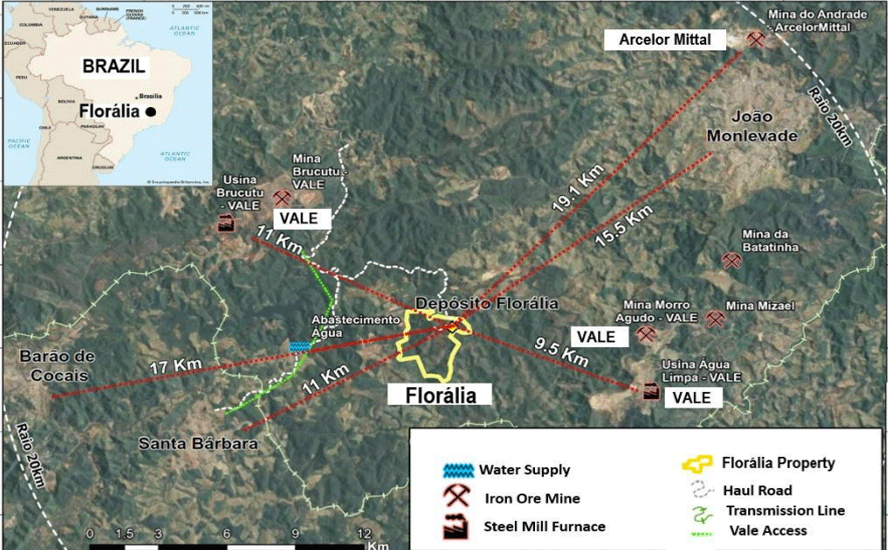

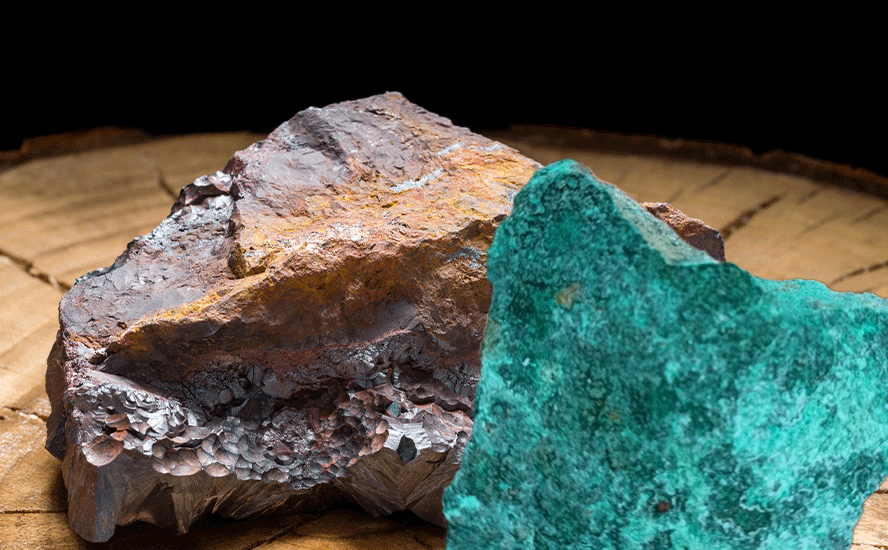


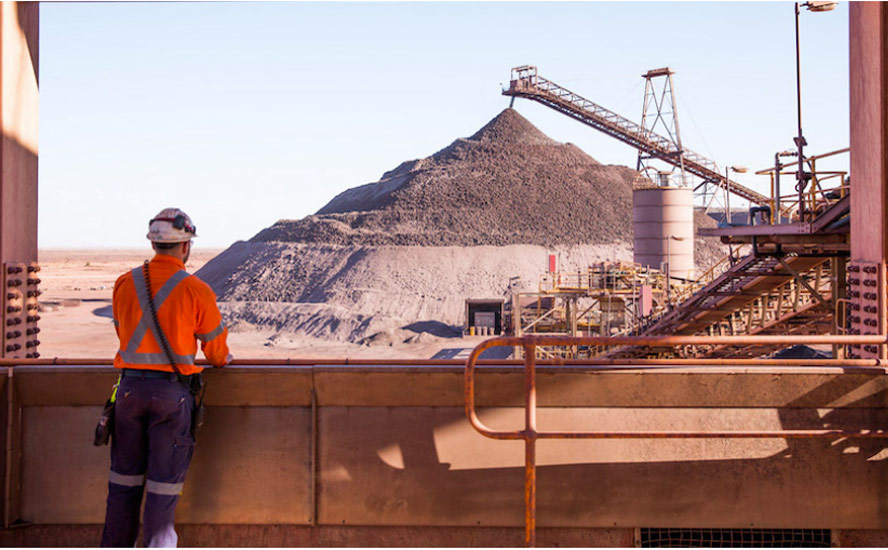
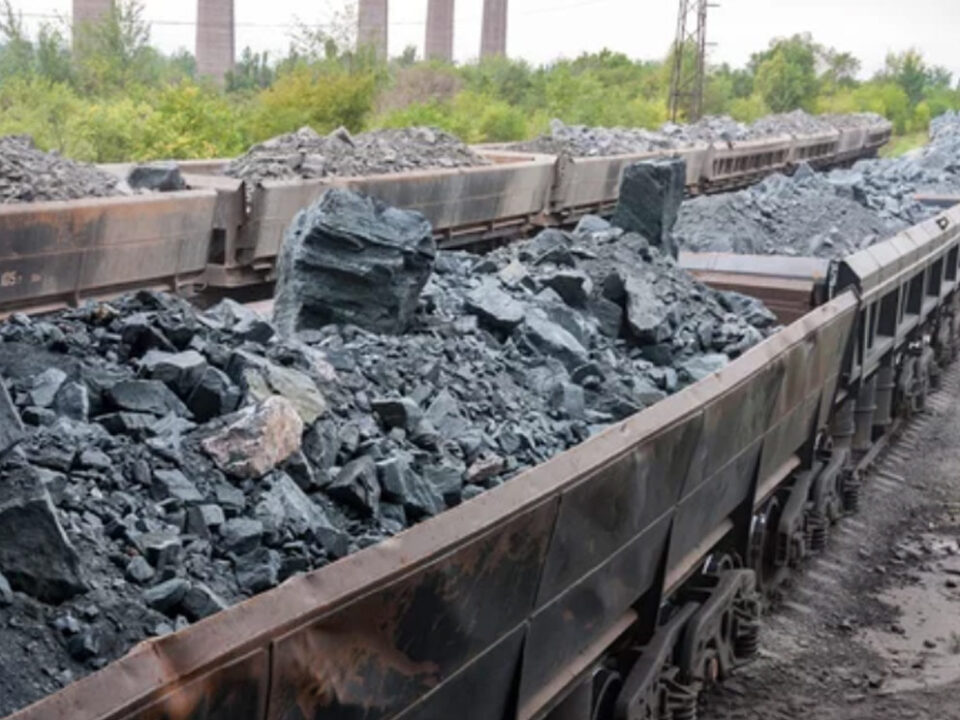
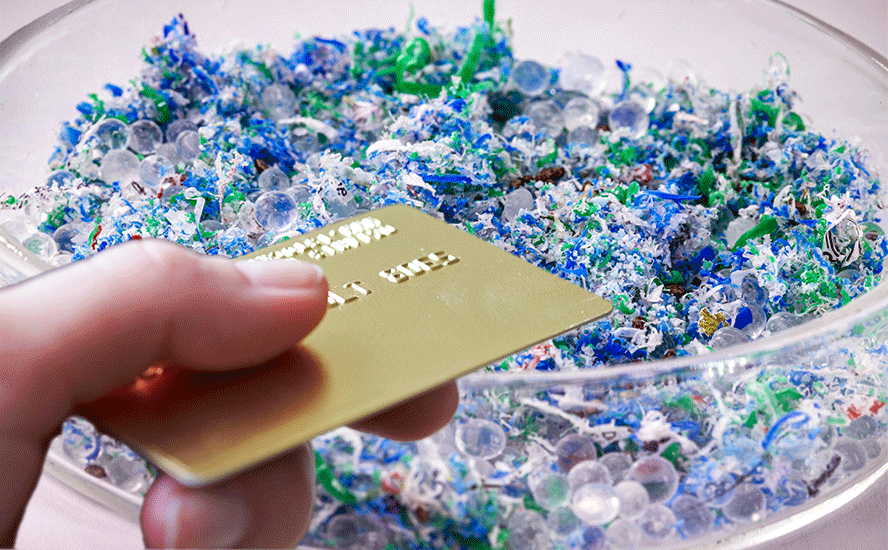

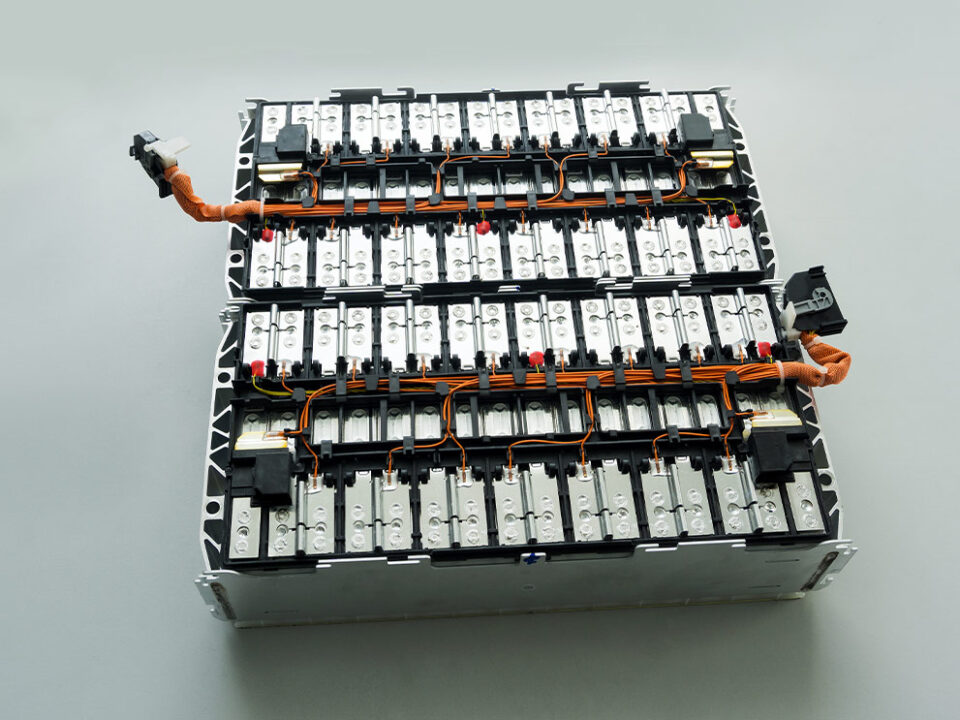

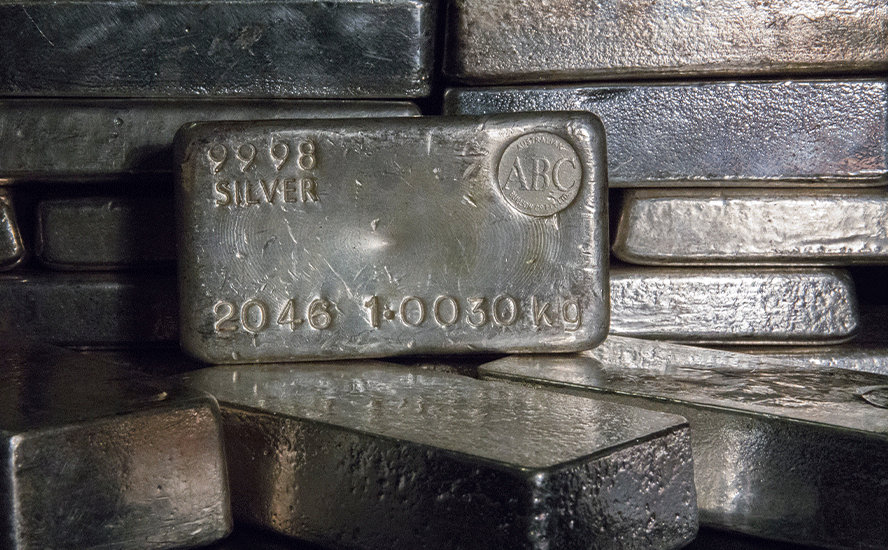




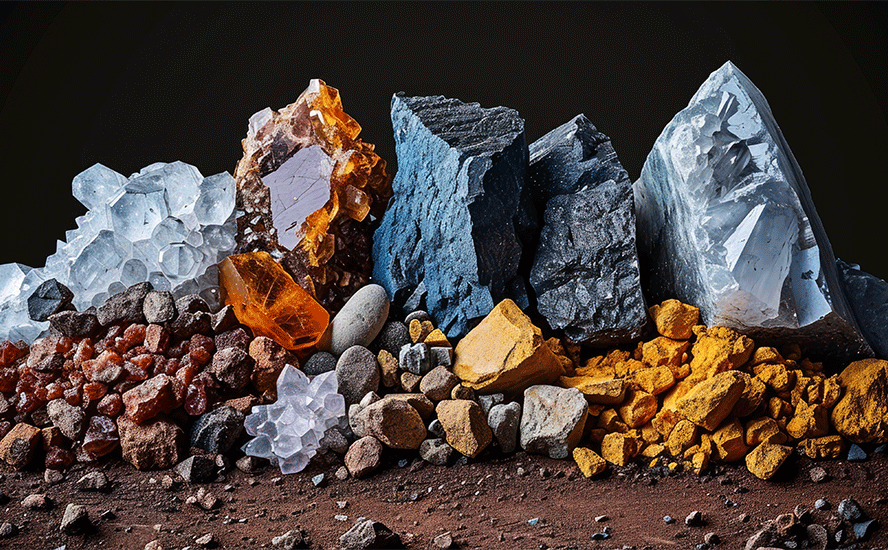
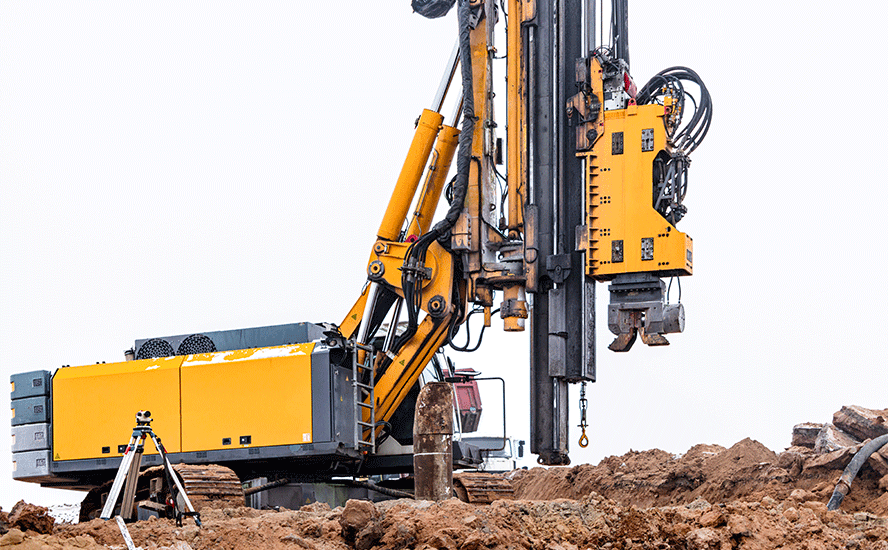
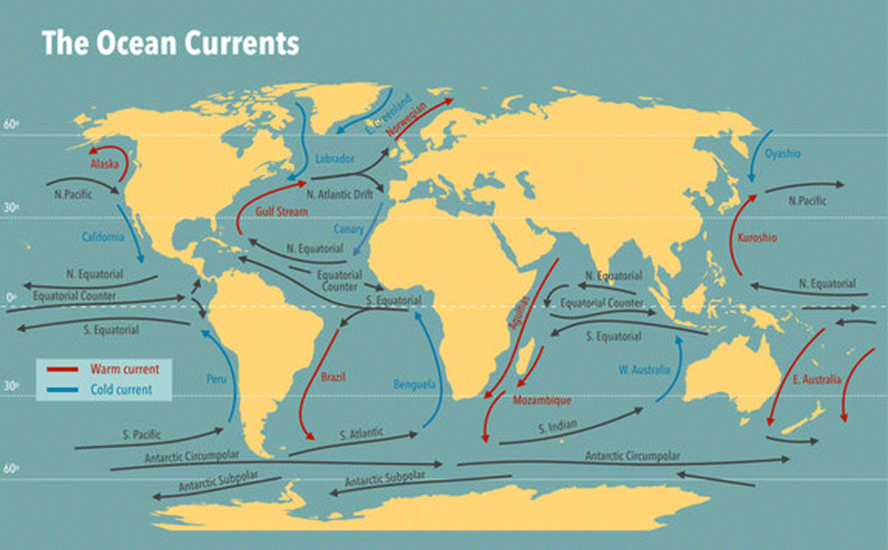

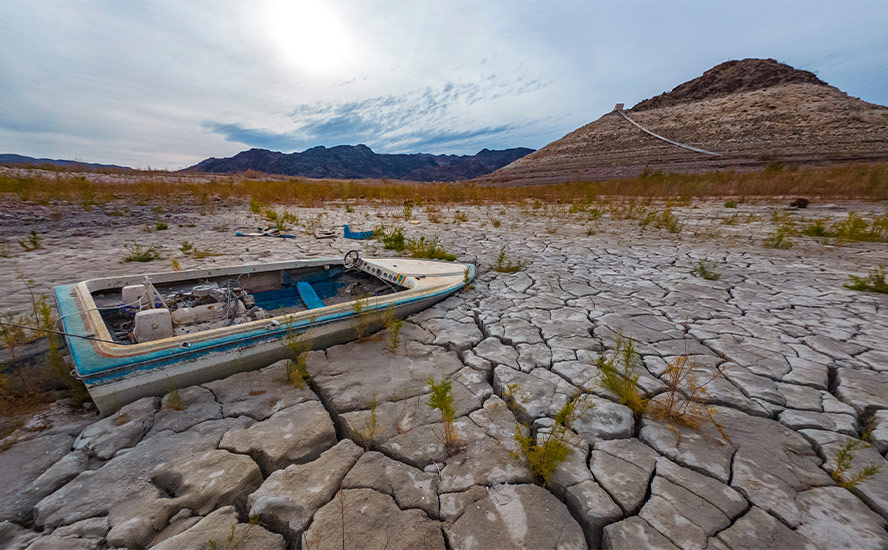

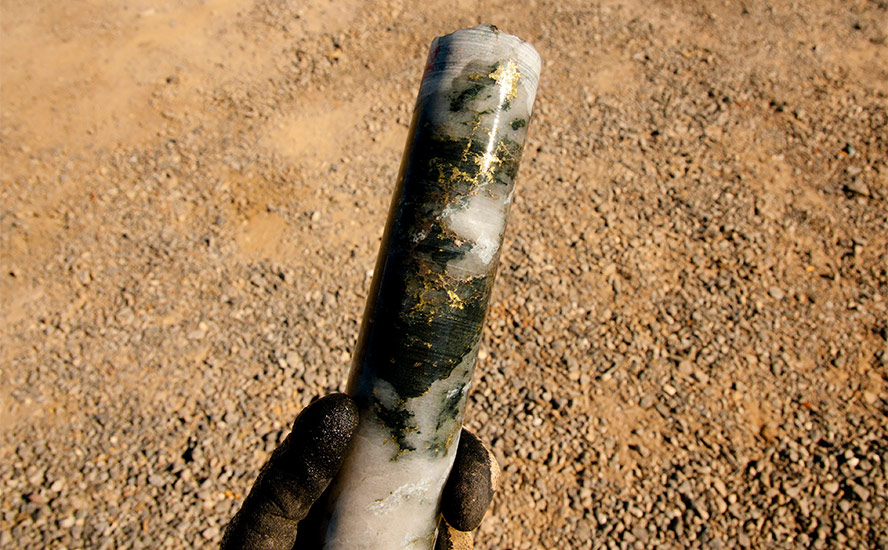



Storm Exploration (TSXV:STRM) looking for BIF gold formations in Ontario:
Fort Hope Projects
The Miminiska, Keezhik and Attwood projects are located within the Miminiska-Fort Hope greenstone belt, approximately 350 kilometres north of the city of Thunder Bay, Ontario. Each project has the potential to host a multi-million-ounce orogenic gold deposit. In addition, the Attwood project also has the potential to host a significant base metal deposit.
Dear I agree with your precious conclusions about the importance of Iron Formations, specially Banded in nature in Green Stone Belts, as gold, silver, Base metals, and even telluroids may be present
in iron Formations, which are Banded in nature. This also contains sulphides and black shale forming a part of greenstone belt.
Apart these, I want to add or share that
– episodic intrusions of basic dykes in shallow marine environment provide the source for placement of precious metallic environment in an episode of deformation, while,
– the intrusions of acidic dykes provide the emplacement of Silica for the formation of cherty layers in iron Formations,
– these episodes of emplacement of acidic and basic dykes should be examined for their ages of events of deformations.,
– as the depth increases from shallow marrine to deep marrine where CCD carbonate compansation depth, is present. This CCD is also responsible for providing suitable environment for the formation of life, formation of Potash and rock phosphate horizons, which can be placed as a separate event without having any sulphides, but can be placed as a separate unit for the identification for horizons for Uranium or other radioactive elements hosted environment.
Note- These are my personal views and thoughts, and has to be concentrated for more research
Dr Gautam Kumar Dinkar, Sr Geologist, DGM, UP,
Uttar Pradesh, India.